The brain is the most complex organ ever created. Its functions are supported by a network of tens of billions of densely packed neurons, with trillions of connections exchanging information and performing calculations. Trying to understand the complexity of the brain can be dizzying. Nevertheless, if we hope to understand how the brain works, we need to be able to map neurons and study how they are wired.
Get the latest international news and world events from around the world.
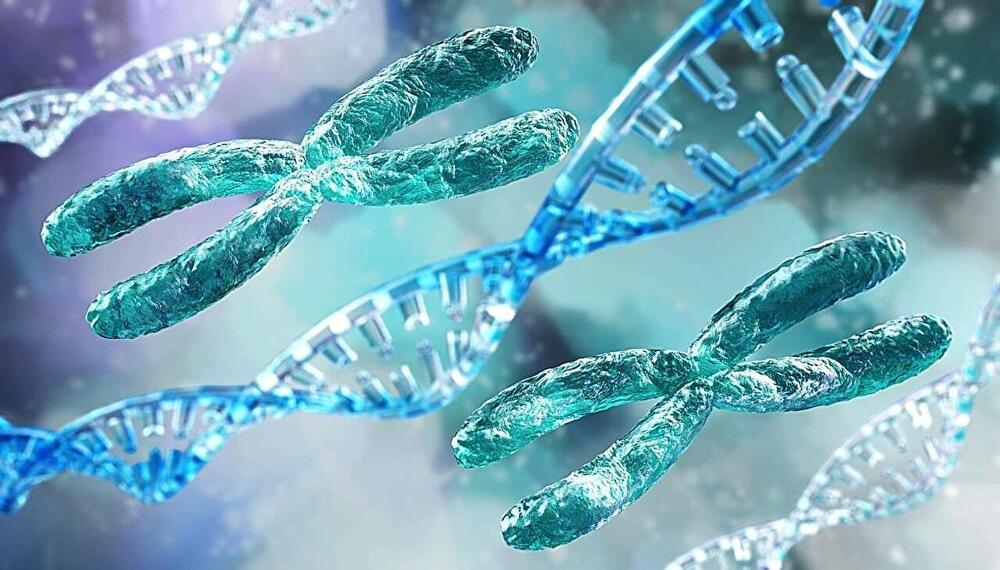

Neuromelanin-sensitive MRI linked to psychosis severity in schizophrenia
Neuromelanin-sensitive magnetic resonance imaging (NM-MRI) contrast is associated with psychosis severity in antipsychotic-free patients with schizophrenia, according to a study published online Nov. 8 in JAMA Psychiatry.
Kenneth Wengler, Ph.D., from Columbia University in New York City, and colleagues conducted a cross-sectional study involving 42 antipsychotic-free patients with schizophrenia, 53 antipsychotic-free individuals at clinical high risk for psychosis (CHR), and 52 matched healthy controls to replicate previous findings relating NM-MRI, a proxy measure of dopamine function, to psychosis severity. Data were also included for an external validation sample of 16 antipsychotic-naive patients with schizophrenia.
The researchers found that higher Positive and Negative Syndrome Scale positive total scores correlated with higher mean NM-MRI contrast in the psychosis regions of interest (ROI) in the schizophrenia sample.

Brain connectivity found to be disrupted in schizophrenia
Schizophrenia, a neurodevelopmental disorder that features psychosis among its symptoms, is thought to arise from disorganization in brain connectivity and functional integration. Now, a recent study in Biological Psychiatry: Cognitive Neuroscience and Neuroimaging, finds differences in functional brain connectivity in people with and without psychosis and schizophrenia that could help researchers understand the neural underpinnings of this disease.
The brain’s cortex is organized in a hierarchical fashion, anchored by the sensorimotor cortex at one end and by multimodal association areas at the other, with the task of integrating incoming sensory information with internal and external sensory signals. The loss of executive control in schizophrenia may stem from disruption of this hierarchical signaling.
Alexander Holmes, a Ph.D. candidate at Monash University who led the study, said, “We used brain imaging and novel mathematical techniques to investigate the hierarchical organization of the brains of individuals with early psychosis and established schizophrenia. This organization is important for brain health, as it regulates how we can effectively respond to and process stimuli from the external world.”

Discover the future of brain-computer interfaces with Neuralink #shorts
Non-personalized content and ads are influenced by things like the content you’re currently viewing and your location (ad serving is based on general location). Personalized content and ads can also include things like video recommendations, a customized YouTube homepage, and tailored ads based on past activity, like the videos you watch and the things you search for on YouTube. We also use cookies and data to tailor the experience to be age-appropriate, if relevant.
Select “More options” to see additional information, including details about managing your privacy settings. You can also visit g.co/privacytools at any time.
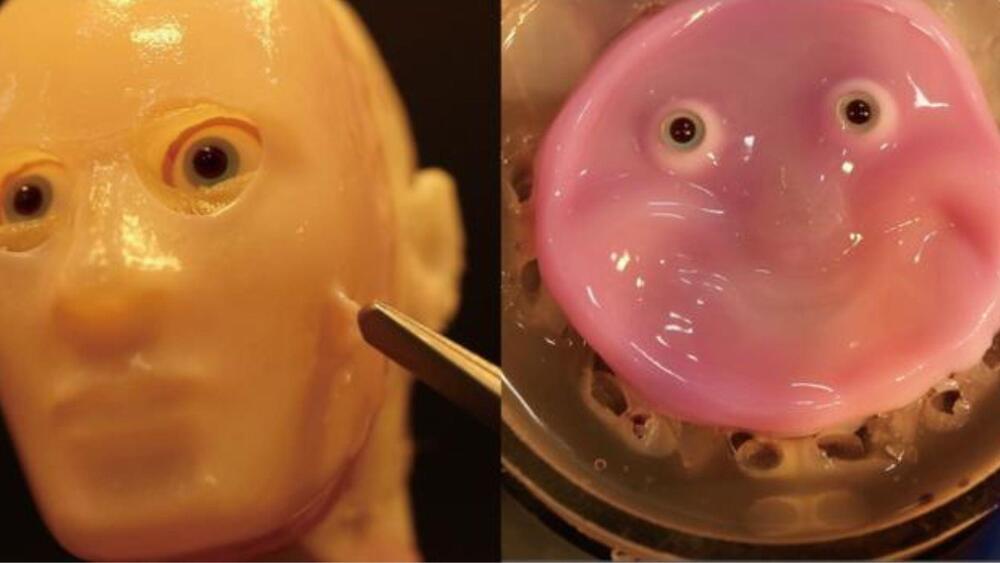
Engineers create first skin tissue compatible with humanoid robots
Japanese researchers have developed a novel technique to attach engineered skin tissue to humanoid robots.
Robotic platforms may benefit from enhanced mobility, embedded sensing capabilities, self-healing capabilities, and a more realistic appearance.
The innovation was made possible by mimicking skin-ligament structures and using V-shaped perforations in a robot face.
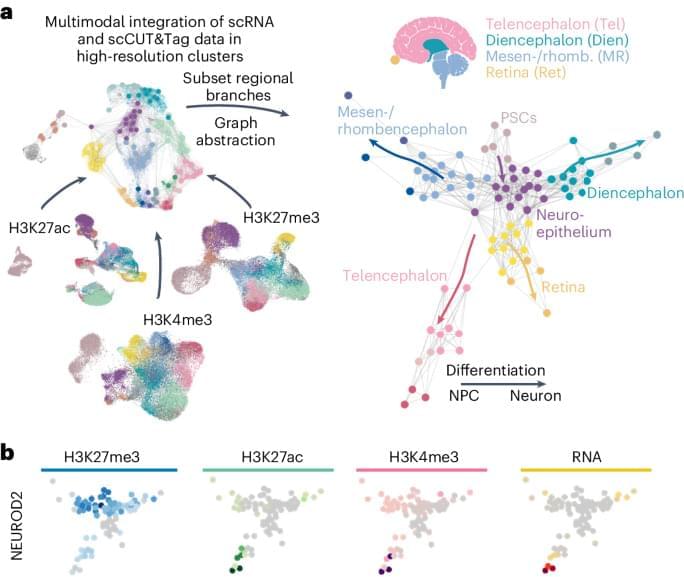
Dissecting the epigenetic regulation of human brain organoid development in single cells
We present a developmental atlas that offers insight into sequential epigenetic changes underlying early human brain development modeled in organoids, which reconstructs the differentiation trajectories of all major CNS regions. It shows that epigenetic regulation via the installation of activating histone marks precedes activation of groups of neuronal genes.
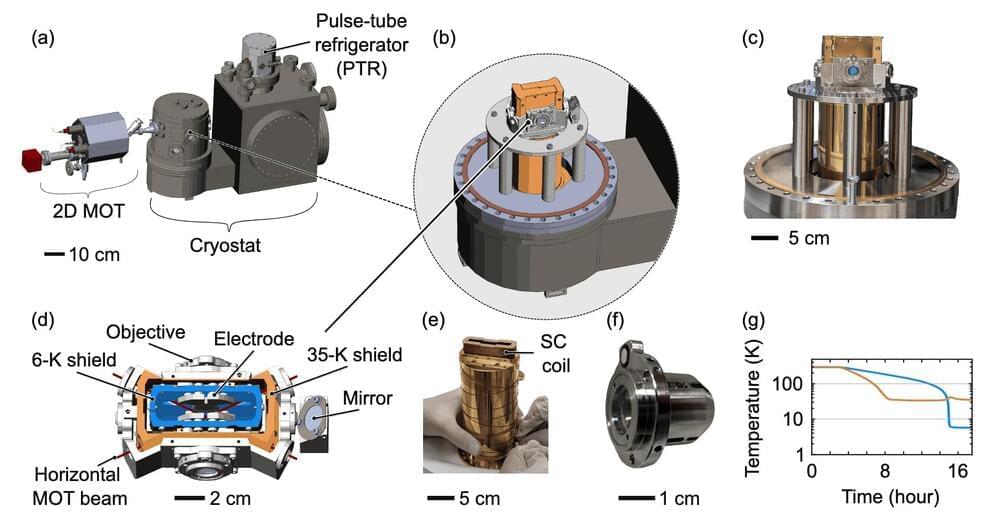
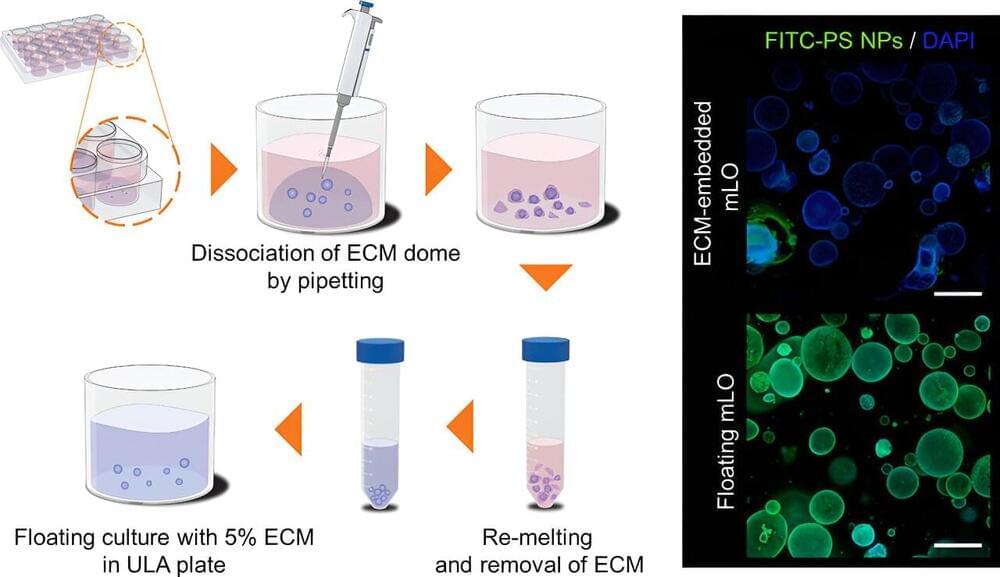
New organoid culture method can verify human toxicity of nanomaterials
The organoids were treated with zinc oxide nanoparticles (ZnO NPs), which are a liver toxic material, and nontoxic gold nanoparticles (AuNPs). The comparison showed that the toxicity of each material could be accurately observed, in contrast to the conventional method.
Ahruem Baek, a senior researcher at KRISS, said, “Based on our results, we will establish standard nanomaterial and nanomedicine safety assessment procedures using organoids, contributing to the advancement of Korea’s nano-industry.”
The results from this study may allow for rapid and accurate safety assessment of nanomaterials and nanomedicine using organoids, contributing to the safe utilization of nanomaterials in various strategic technical fields.